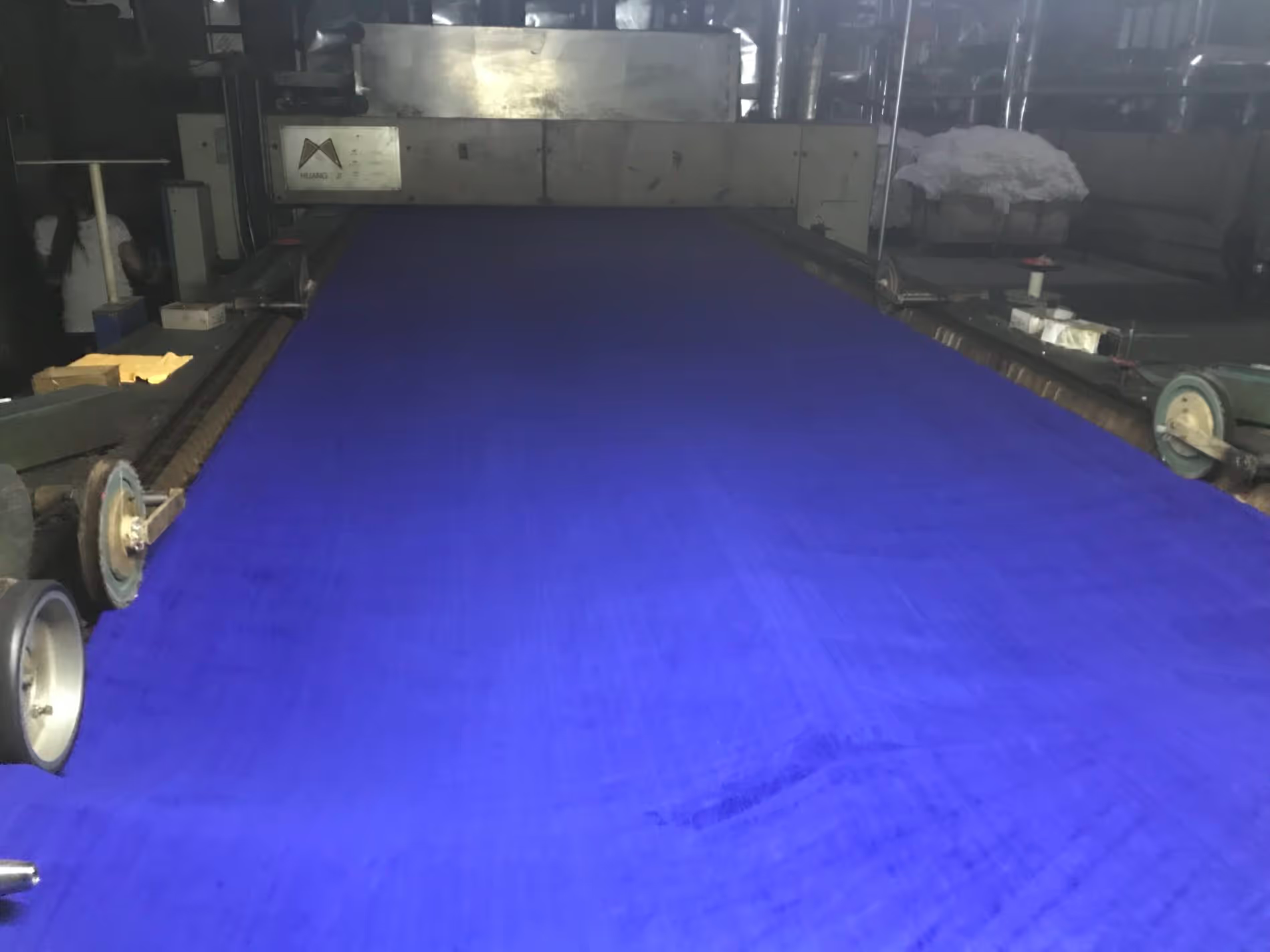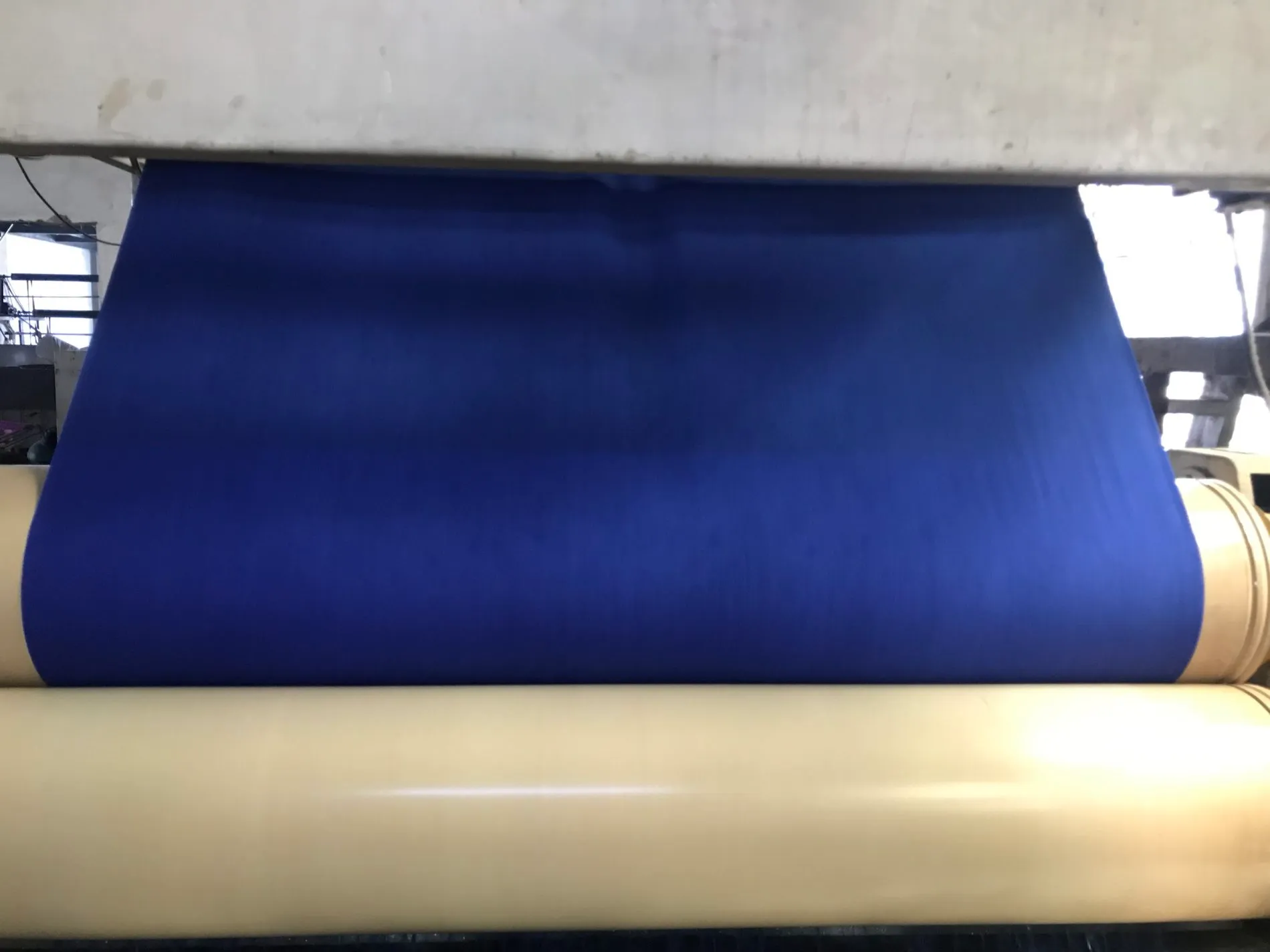Right Price, Right Quality, Right Quantity: Scaling the Manufacture of Supertowel TM

Caption: Supertowel TM. Credit: Real Relief.
Starting to Scale
It is the beginning of August 2019 I am in a textile production facility in Hebei province just south of Beijing in China and it is melting hot. The first meters of the first industrial trial production of SupertowelTM has just entered the 30 meter long textile processing machine.
This moment was preceded by months of preparation, travelling (a trip to India and two trips to China), inspections and negotiations. It has been a long journey and the air is loaded with excitement.
Scaling up a humanitarian innovation can be a tough task.
Often you will find yourself in a situation where your new fantastic product is too expensive to be attractive to the potential buyers - and not really cost effective in relation to the problem it is trying to solve. You need scale to bring down your manufacturing costs. You can only achieve scale by selling large quantities of your product. The problem is biting its own tail.
Even if you manage to convince an organization to place a large order for your product, you may not be able to supply. This is because you need to develop the manufacturing process to supply or even know what to charge for your product.
The diffusion grant from the Humanitarian Innovation Fund has been a tremendous help to overcome these hurdles. The grant has enabled Real Relief to plan and implement a scaling up strategy independent of receiving large orders or being bound by tight delivery schedules.
Steps to Scale
The scaling up process for SupertowelTM consisted of the following steps:
- Verifying the supplier of the antimicrobial chemicals
- Running lab-based trials on the fabric with different chemicals and identifying the best suitable manufacturing recipe and process
- Identifying the most suitable supplier of the fabric
- Running large scale production trials at the chosen supplier
- Verifying the results of these trials
In March I travelled to India to visit two microbiology laboratories. The aim was to establish whether either would be able to assist us in evaluating the results of first the lab-based textile finishing trials, and subsequently the production scale trials. It was also a learning experience to get to know how the antimicrobial efficacy of the SupertowelTM could best be evaluated.
In the same trip I also visited the antimicrobial chemicals supplier, who had previously been supplying us with the base chemicals for the antimicrobial treatment on the SupertowelTM. We discussed the details of the lab trials to be performed and potential improvements that could be made to the treatment.
Having initiated this part of the process, the scaling up activities brought me to China where I visited eight microfiber manufacturers to establish which of these companies were best suited to be the manufacturer of the SupertowelTM. Out of the eight companies only two had the necessary production equipment to manufacture the product.
This brings me back to the production trials that were performed during my second trip to China in August. These trials were very successful. We ran three trials with different recipes and sent samples to the microbiology lab in India. Here tests were performed on the fabric from the trials, and on the same fabric but washed 100 times. Only the best performing samples after 20 washes were continued to 100 washes.
No. of washesSupertowel 1 (Dark blue)Supertowel 2 (Brown)Supertowel 3 (Black)S.aureusK.pneumoniaeS.aureusK.pneumoniaeS.aureusK.pneumoniaePercentage reduction of bacteria0>99.9999.96>99.99>99.99>99.99>99.992096.8796.8092.9592.3587.2379.005095.0689.76----10088.3383.2587.3080.80--
Table 1: Antimicrobial efficacy of Supertowel fabric from production trial
Achieving our Goals
We had set three goals for the diffusion project:
- We should be able to offer the SupertowelTM at a price of USD 0.50 when procured in large quantities
- The SupertowelTM should have a bacterial reduction of log4 before washing
- The SupertowelTM should still be classified as antimicrobial after 100 washes
As can be seen from the table above we proved that SupertowelTM is very efficacious not just at bacteria removal, but bacteria elimination. The table also evidences the durability of the antimicrobial treatment on SupertowelTM . Thus achieving the latter two goals.
The upscaled manufacturing process has enabled us to calculate what the cost price of the SupertowelTM can be brought down to as a function of quantity. The selling price for the humanitarian sector for SupertowelTM will be USD 0.50 for quantities above 20,000 pcs.
All three goals have therefore been met and a reliable supply chain, with an almost inexhaustible capacity, has been established for SupertowelTM.
Now we just need the orders!

Stay updated
Sign up for our newsletter to receive regular updates on resources, news, and insights like this. Don’t miss out on important information that can help you stay informed and engaged.
Related articles
.png)


Explore Elrha
Learn more about our mission, the organisations we support, and the resources we provide to drive research and innovation in humanitarian response.